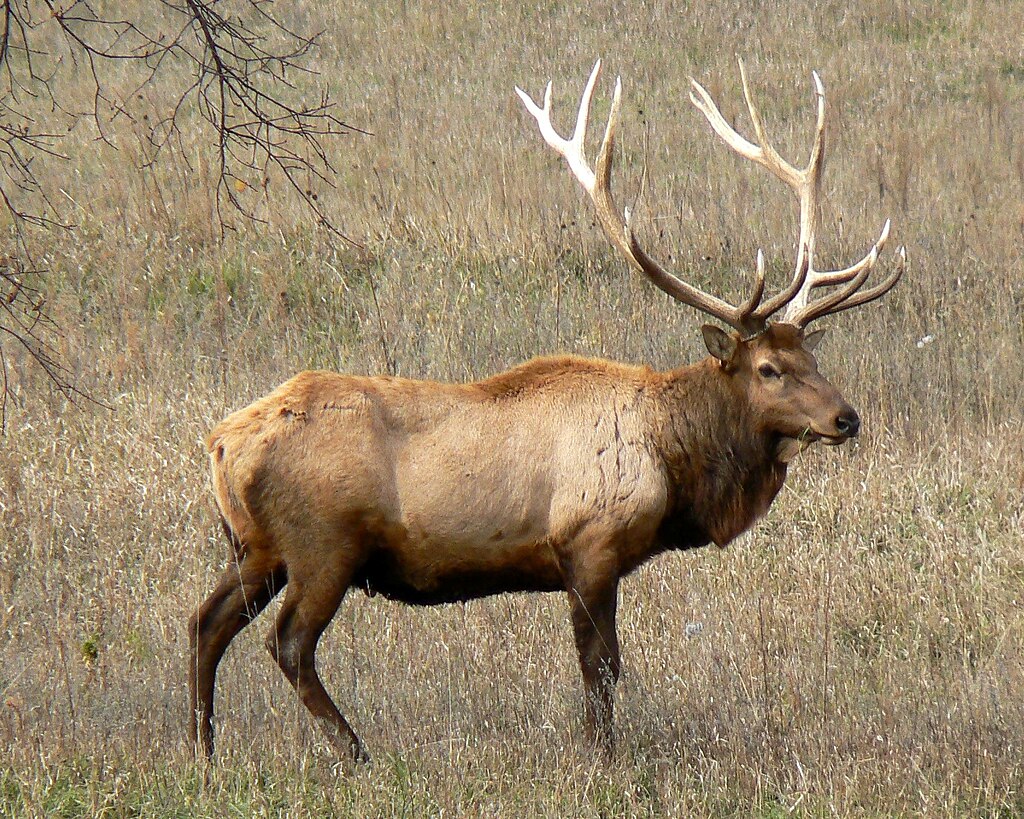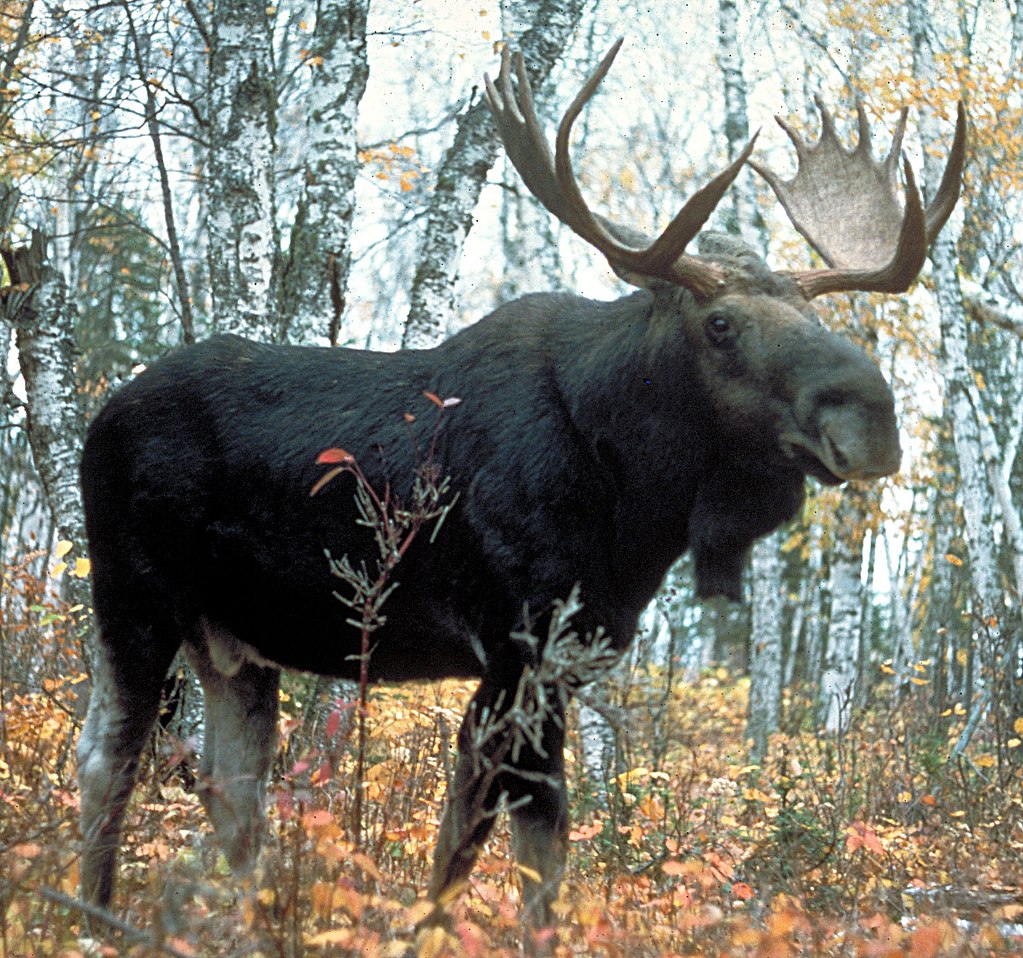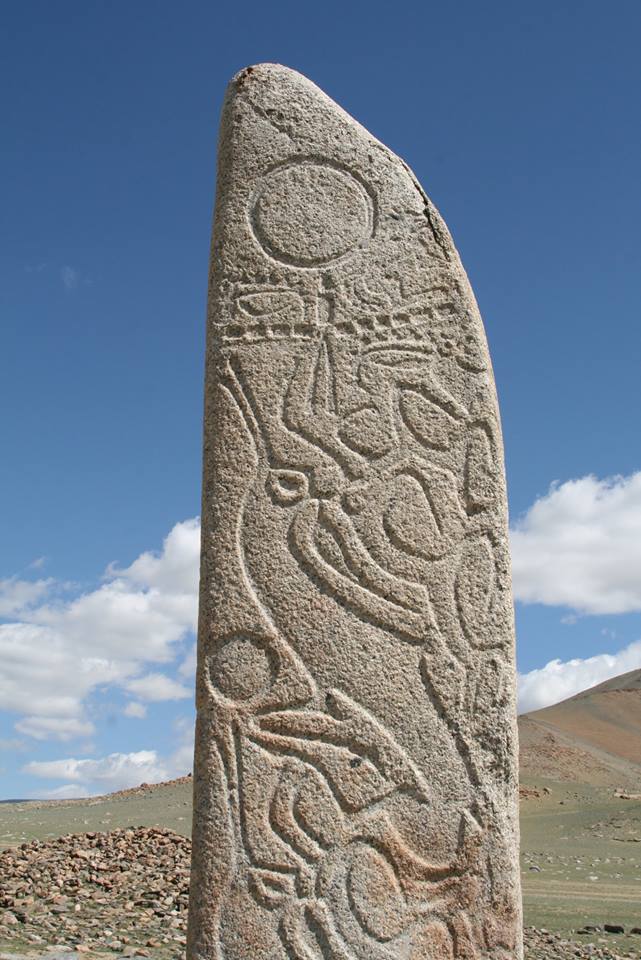Last week, followers of the CSEN Twitter account may have seen the retweet and translation of the image below, originally tweeted by turbat (turbat1) on Twitter:
My translation of turbat's tweet into English:
"Deer stone at Tamch datsan (college at a Buddhist lamasery), Galuut Lake (Lake Gusinoye), Buryatia, beginning of the 20th cent."
In response to this image of a horse in amazing regalia
next to a deer stone, L. Dorjnamjim (DorjnamjimL) asked on Twitter whether the antlered animals on deer stones were “deer or
elk”. His question prompted me to dive
into the question of the “deer” on “deer stones”. In fact, I thought about it so much that I
resurrected my old blog just to collect all my thoughts into one place!
Mongolia hosts remarkable archaeological features across
millennia. Deer stones are some of the
most striking, the tallest towering up to 3 meters over the steppe and inscribed
with a stunning array of stylized imagery.
Deer stones date to the Late and Final Bronze ages (approx. 1500-700
BCE), and are distributed across the Altai Mountains, Tuva, Transbaikalia,
Xinjiang, and much of Mongolia; they are often associated with other standing
stones and monumental mounds or khirigsüürs (see Honeychurch,
2015). Dr. Bill Honeychurch’s Inner Asia and the Spatial Politics of Empire (2015) provides an excellent
overview of deer stones contextualizing them in the broader archaeological
account of Mongolia and Inner Asia.
Согоо (sogoomgl on Twitter) recently posted a number of tweets on deer imagery and deer stones in Mongolia and Transbaikalia in Mongolian. My profile picture includes a deer stone at Jargalant, Khentii province, Mongolia, that's part of a larger deer stone-slab burial complex.
 |
Don't worry, I'm not actually pushing on the Jargalant deer stone
(although maybe I should catch it before it completely falls over...) |
 |
| A much better image of what I'm fairly certain is the Jargalant deer stone from Согоо on Twitter |
Deer stones derive their name from the antlered animals
depicted on their surfaces. English-language scholarship generally refers to the Late Bronze Age inscribed
stelae of Mongolia and adjacent regions as “deerstones” or “deer stones”. In Mongolian, these standing stones are “буган
чулуу” (“deer stones”). To the best of
my understanding, the same archaeological features are called “oленные камни”
in Russian (again, “deer stones”).
 |
| Image credit: Согоо |
Above are a collection of high-quality images from Согоо of the three types of deer stone, all found in Mongolia. His original tweet reads: "Буган чулуун хөшөөний 3 хэлбэр 1. Монгол-Өвөр байгалын хэлбэр (Шивэртийн ам, Баянцагааны хөндий, Их Тамир, Архангай) 2. Саян-Алтайн хэлбэр (Дөрөлжийн ам, Шинэ-Идэр, Хөвсгөл) 3. Евразийн хэлбэр (Жаргалантын ам, Хануйн хөндий, Өндөр-Улаан, Архангай)".
My translation into English would be: "The three types of deer stone. 1. Mongolian-Transbaikalian type (Shivertiin am, Bayantsagaan Valley, Ikh Tamir county, Arkhangai province). 2. Sayan-Altai type (Döröljiin am, Shine-Ider county, Khövsgöl province). 3. Eurasian type (Jargalantyn am, Khanui Valley, Öndör-Ulaan county, Arkhangai province)".
 |
| The Ulaan tolgoi deer stones. Image credit: Согоо |
In
English-language sources, I have sometimes seen “elk stones” or “reindeer
stones” used instead of “deer stones”.
However, these three terms are by no means synonymous.
In the colloquial use of English, “deer” encompasses a
number of members of the Cervidae family, including:
 |
| Red deer (Cervus elaphus). Image credit: Wikipedia |
 |
| American elk or wapiti (Cervus canadensis). Image credit: Wikipedia |
 |
White-tailed deer (Odocoileus virginianus).
Image credit: Wikipedia |
What about another antlered option: reindeer?
 |
| Image credit: Wikipedia |
Reindeer or caribou (Rangifer tarandus) present an ambiguous case. While “deer” is literally a component part of
“reindeer”, I would posit that English speakers differentiate between “deer”
and “reindeer”. For example, we speak of
“Santa’s reindeer”, never “Santa’s deer”; in the same vein, “deer hunting” is
not the same as “reindeer hunting”.
An unambiguous case is Alces alces, a member of the
Family Cervidae which is definitely not called a “deer” in English:
 |
| Alces alces. Image credit: Wikipedia |
Alces alces is a member of the Family Cervidae, but its massive size and striking appearance mean that few English speakers would call it a "deer". However, English speakers don't agree on what exactly to call Alces alces in common parlance. American English uses the name "moose", while British English calls it “elk”.
This introduces yet another complication: “elk” vs.
“elk”. “Elk” in the British sense refers
to Alces alces, whereas “elk” in American English refers to Cervus
canadensis (also called wapiti).
These are two very distinct cervids stuck sharing one name. The term “elk stone”, therefore, raises the
question of which “elk”?
American elk or wapiti refers to Cervus canadensis,
which is visually quite similar to Cervus elaphus (red deer). While they are distinct species, Cervus
canadensis and Cervus elaphus could be mistaken for one another on
the basis of looks alone (important when we are working with visual depictions
of animals). To the best of my
knowledge, Cervus canadensis live today both in Asia and North America
(including parts of Mongolia and Siberia), whereas Cervus elaphus reside
in Europe, parts of North Africa, and Western Asia. Historically, the two species’ territories
may have overlapped near or even in parts of Mongolia and southern
Siberia. Wapiti/American elk and red
deer are thus two easily-confused cervids.
Overall, the Family Cervidae can rightly be called “deer” in
English (I think this is also the case for “oлень” in Russian), where “deer” is
a colloquial rather than technical category.
We could arguably leave it at that: “deer stones” refer to members of
the Family Cervidae, whichever species they may be. However, there’s an argument to be made for
narrowing down the specific type of deer depicted on deer stones if the deer
are meant to represent actual herds of cervids.
On the deer stones from Mongolia with which I am most
familiar, the deer are depicted as single-file lines of antlered animals
running around the standing stone in a loop.
The antlers are key. The curling,
flowing antlers are instantly recognizable and a clear sign that cervids –
generic “deer” – are represented on these standing stones. Frankly, I don’t know of any deer stones that
include deer without antlers. But please
let me know if you have any examples of deer stones with antlerless deer.
These single-file lines are often interpreted as
herds in motion: antlered deer fleeing from hunters or galloping across the
landscape. If the antlered deer on deer
stones are meant to represent herds, the imagery should include both male and
female animals. Both males and females
grow antlers in only one member of the Family Cervidae: reindeer/caribou (Rangifer tarandus).
Today ethnic groups in areas where deer stones are found - Northern Mongolia, northern China, Buryatia,
Tuva, and Siberia - herd domesticated reindeer.
| A young Tsaatan/Dukha girl in Northern Mongolia with two domesticated reindeer. Image credit: Jeroen Toirkens |
Given the case I've laid out arguing that the "deer" depicted on deer stones are in fact reindeer, do I think we should start calling them “reindeer
stones” rather than “deer stones”? Not
really. The “deer” images on deer stones
are highly stylized, rather than naturalistic depictions of living animals, and
join a broader assemblage of symbols and images that comprise the surface of a
given deer stone.
 |
| Close-up of the "deer" of a deer stone in Mongolia. Image credit: Согоо |
Archaeologists have
debated the origins and functions of deer stones for decades, but their
symbolic character is widely recognized (and hard for even a casual observer to
miss). The eponymous “deer”, therefore,
are likely to be more than just deer.



No comments:
Post a Comment